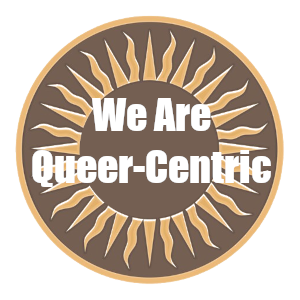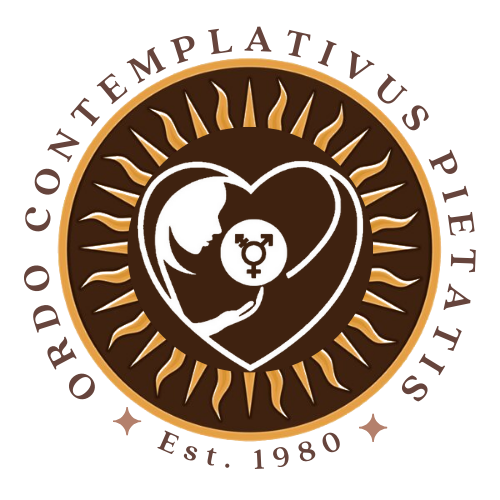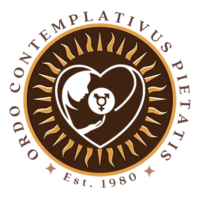
Seeking to diminish the internalised hostility, self-loathing and doubts that can often occur in the face of a society whose heteronormative ideology can produce homophobic, transphobic and socially unjust attitudes toward the Queer community, we consciously choose to affirm our identity as a Queer-centric Spiritual Community.
The late Virginia R. Mollenkott — a pioneer in the field of feminist and Queer spirituality — once told an audience, “There is no reason on earth to burden ourselves with other peoples’ hostilities. We may feel compassion for their fear and ignorance, but it does not do them, or us, any good whatsoever to stagger under the burden of hostile judgementalism. Walk free!”
So much of the societal approach to spirituality is based upon heteronormative assumptions. However, those assumptions fail to take into consideration the fact that being LGBTQ+ is not held with disdain by all cultures.

LGBTQ+ persons have been embraced in many cultures’ spiritual traditions for centuries. In some cases, Queer people have held special roles within these traditions, while in others they have simply been accepted and respected for who they are.
Here are a few examples:
- Two-spirit people are a gender identity and spiritual role found among many Indigenous American cultures. Two-spirit people are those who identify as both male and female, neither male nor female, or a combination of both. They are often seen as sacred and gifted individuals, and they have traditionally played important roles in their communities, such as healers, spiritual leaders, and warriors.
- Hijras are a gender identity and community found in South Asia. Hijras are people who identify as neither male nor female, and they often dress and behave in ways that are traditionally associated with both genders. Hijras are often respected and revered members of their communities, and they play important roles in religious ceremonies and celebrations.
- Māhū are a gender identity and cultural role found in Hawaiian culture. Māhūs are people who identify as both male and female, or who do not fit neatly into either category. Māhūs are often seen as sacred and powerful individuals, and they have traditionally played important roles in their communities, such as healers, spiritual leaders, and entertainers.
- Berdaches are a gender identity and spiritual role found among many Indigenous cultures of North America. Berdaches are people who identify as both male and female, or who do not fit neatly into either category. Berdaches are often seen as sacred and gifted individuals, and they have traditionally played important roles in their communities, such as healers, spiritual leaders, and peacemakers.
In addition to these specific examples, LGBTQ+ people have also been embraced in many other cultures’ spiritual traditions.
For example, in some Buddhist traditions, Queer people are seen as teachers and role models who can help others to understand the fluidity of gender and sexuality. In some Hindu traditions, Queer people are seen as manifestations of the divine feminine. And in some Christian traditions, LGBTQ+ people are seen as beloved children of God who deserve respect and dignity.
While these traditions offer a powerful message of hope and affirmation to LGBTQ+ people all over the world, we felt that it was time to take our spiritual practice deeper and approach it more holistically.
Our History

In 1980, four Queer members of the Third Order Secular Franciscans approached Orlando’s Roman Catholic bishop, Thomas Grady, asking to form a small contemplative community, devoted to caring for those who were marginalised within the LGBTQ community by the Church. Bishop Grady granted their request and the Franciscan Companions of the Immaculata became an officially-recognised religious congregation of diocesan right.
Within the next couple years, as the Companions were making their Solemn Vows, a new and frightening plague began to impact the LGBTQ community, which would by 1984, come to be known as AIDS. This growing epidemic resulted in literally hundreds of Queer persons dying alone — abandoned by even their lovers, friends and family — in their final days, due to the fear associated with AIDS.
Pressure to conform to the Roman Catholic Church’s oppressive and homophobic/transphobic doctrine, refusal to deny the central tenets of esoteric and ecstatic spirituality (as practiced by mystics throughout history) and a fundamental refusal to treat any person as second-class, based on race, gender identity, sexual orientation, socio-economic class or religion resulted in the Franciscan Companions of the Immaculata, under the spiritual direction of then Brother Gianmichael Salvato, to withdraw from the jurisdictional authority of the Roman Catholic Pontiff and become the leading autocephalous Catholic Community, in full apostolic succession, with a Queer-Centric identity and focus.
Their new name became The Contemplative Order of Compassion and Brother Gianmichael Salvato would be consecrated to the servant-leadership as a genderqueer bishop +Francis-Maria Gianmichael Salvato, in January 2004. Freed from the restrictions of the Roman Church, +Francis-Maria adopted the pronouns they/them/their.
The First Queer Esoteric Catholic Spiritual Community

Although there have been hundreds of LGBTQ-affirming churches and spiritual communities over the years, including one LGBTQ Protestant Evangelical church (Universal Fellowship of Metropolitan Community Churches — which officially describes itself as “an international LGBTQ-affirming mainline Protestant Christian denomination”) — The Contemplative Order of Compassion was the first of its kind: Queer-Centric, Esoteric, Post-Christian and Post-Denominational Catholic spiritual practitioners, coming together as a community sanctuary and sacramentally dedicated to preserving the sanctity of reproductive and gender-affirming care freedom for all persons.

